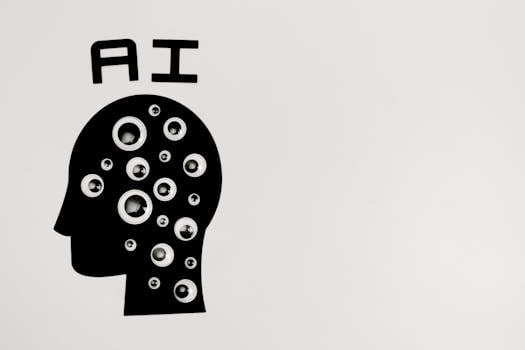🧠 Introduction to Machine Learning & Deep Learning: From Data to Intelligence
🧾 Course Description
Machine Learning (ML) and Deep Learning (DL) are the engines powering today’s intelligent systems — from recommendation engines and fraud detection to self-driving cars and chatbots. In “Introduction to Machine Learning & Deep Learning”, you’ll learn the mathematical intuition, practical tools, and coding skills to build and deploy your first models.
This beginner-friendly course covers supervised and unsupervised learning, neural networks, model evaluation, and hands-on implementation using Python, Scikit-learn, TensorFlow, and Keras. Whether you’re a developer, data enthusiast, or aspiring AI engineer, this course builds the right foundation for your ML journey.
✅ Key Benefits
- 🧠 Build Strong Foundations — Learn core concepts like regression, classification, loss functions, and overfitting
- 🧰 Hands-On Implementation — Code real ML/DL models using Scikit-learn and TensorFlow/Keras
- 🔄 Understand Model Lifecycle — Train, evaluate, optimize, and deploy ML models
- 🎯 Clarity over Complexity — Visual explanations of neural networks and backpropagation
- 🚀 Career Gateway — Prepares you for ML specialization, GenAI, or MLOps tracks
🎯 Pre-requisites
- Proficiency with Python (data types, functions, loops, libraries like NumPy/Pandas)
- Basic understanding of linear algebra, statistics, and probability (conceptual level)
- No prior experience in ML or DL required
📚 Curriculum Breakdown
📘 Module 1: Introduction to Machine Learning
- What is ML? Types of ML: supervised, unsupervised, reinforcement
- Use cases: NLP, vision, recommendation, healthcare
- ML workflow: data → model → prediction → evaluation
📊 Module 2: Data Preprocessing & Exploration
- Cleaning and transforming data
- Feature engineering and normalization
- Data splitting: train, test, validation
🔢 Module 3: Supervised Learning Algorithms
- Linear regression, logistic regression
- Decision trees, random forest, SVM
- Model metrics: accuracy, precision, recall, F1-score
🧩 Module 4: Unsupervised Learning
- Clustering: K-Means, Hierarchical
- Dimensionality reduction: PCA
- Real-life use cases: customer segmentation, anomaly detection
🧠 Module 5: Introduction to Deep Learning
- What is a neural network? Perceptron to MLP
- Layers, weights, activation functions
- Forward pass and backpropagation (intuitive explanation)
⚙️ Module 6: Building Neural Networks with TensorFlow/Keras
- Model architecture and compiling
- Training and evaluating a model
- Avoiding overfitting: dropout, early stopping, batch size
🧪 Module 7: Real-World Projects
Choose one:
- Predict house prices (regression)
- Classify images (MNIST / CIFAR-10)
- Detect spam messages (NLP)
⏱️ Estimated Duration
| Daily Study Time | Estimated Duration | Ideal For |
|---|---|---|
| 2 hours/day | 16–18 days (~3 weeks) | Balanced pace with practice |
| 4 hours/day | 8–9 days (~1.5 weeks) | For committed learners |
| 6 hours/day | 5–6 days (bootcamp) | Immersive and project-intensive |
🎓 Outcome
By the end of Introduction to Machine Learning & Deep Learning, you will:
- Understand the mathematics and workflow behind ML/DL models
- Build, train, and evaluate your own models using Scikit-learn and Keras
- Apply ML/DL to real-world problems in vision, text, and prediction
- Be ready to advance into deep learning, MLOps, LLMs, or AI product development


Leave a Reply